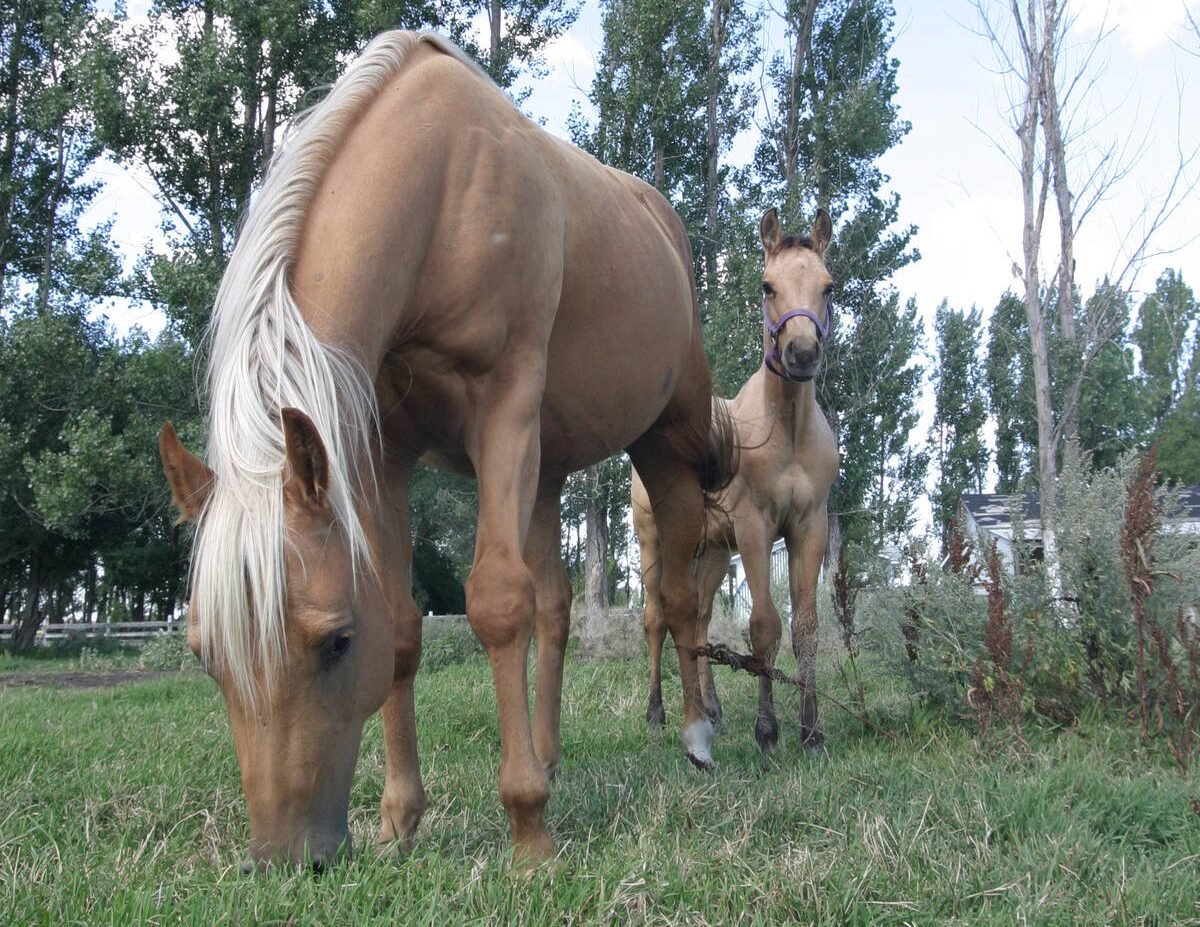These are dizzyingly interesting time in world markets, world history and world weather.
Not only has cyclone Yasi shwacked Ozzieland and driven sugar prices to three-decade highs (because the Australian sugarcane crop is not looking so good), but the freakin’ weather in Winnipeg has given me a brutal migraine headache, the only good aspect of which is that it is slightly masking the incipient cold or flu that I fear is taking me over.
Cotton futures have hit all time highs.
Wheat markets still don’t know which way to turn, with Egypt’s turmoil making analysts scratch heads over implications for interrupted sales and food hoarding behaviors.
Read Also

Growth plates are instrumental in shaping a horse’s life
Young horse training plans and workloads must match their skeletal development. Failing to plan around growth plates can create lifelong physical problems.
We have apparently been condemned to live in interesting times. For grain farmers, these are the good side of “interesting” times. High prices are quite interesting, indeed.
But for livestock producers, these are mediocre “interesting” times, or at least partially so, since crop prices make up 70 percent of the cost of producing a pig. Very high pig prices mitigate that and provide a margin, which is much better than making a loss – which farmers have done for years. But these certainly aren’t times of record profit either, and aren’t giving farmers a lot of money to pay down the debts from the prolonged slump. Hog futures charts look great, but hog profit calculators show a less joyful situation. These are “interesting times,” in a scary way.
The hog industry is a crucial buyer of prairie grains, chewing through millions of tonnes of feedgrains every year. In these days of sky-high world grain prices, grain farmers probably don’t worry too much about the health of the hog industry. That demand isn’t driving the rally. But in days of low grain prices – days that will no doubt return some time – grain farmers will want there to be a healthy hog sector willing to eat local grains.
That’s why it’s nice for me to be here at the Manitoba Swine Seminar and see a packed room of hog industry workers, hog barn managers and suppliers. I didn’t know what to expect when I came here for yesterday’s sessions. I didn’t know if so many producers had given up over the course of the downturn that it’d be an empty hall. It was a hall just as packed as in the years before the downturn, so that’s a good sign that hog farmers haven’t thrown in the towel and are still planning on being there in the future.
So that crucial source of demand for prairie crops still exists, even if it is smaller and not growing as in the past.
Yesterday there were more than 100 walk-up attendees at the seminar, which is a lot considering it costs about $100 per day to attend this event. Perhaps the weather helped. Yesterday it was -20-something, and I expect few hog farmers and workers woke up yesterday keen to get outside and work on metal equipment outdoors. Just like with Manitoba Ag Days, when the temperature is low, attendance is high.
But from talking to producers yesterday, I got the sense that surviving hog farmers are no less committed to staying in the industry than they ever have been.
In fact, as I wrote that, Manitoba’s deputy minister of agriculture, Barry Todd, standing at the podium, noted what a success this event always is, even in an era in which many farm shows are shrinking and disappearing.
Well, the first research speaker is about to speak, so I’ve got to go.















